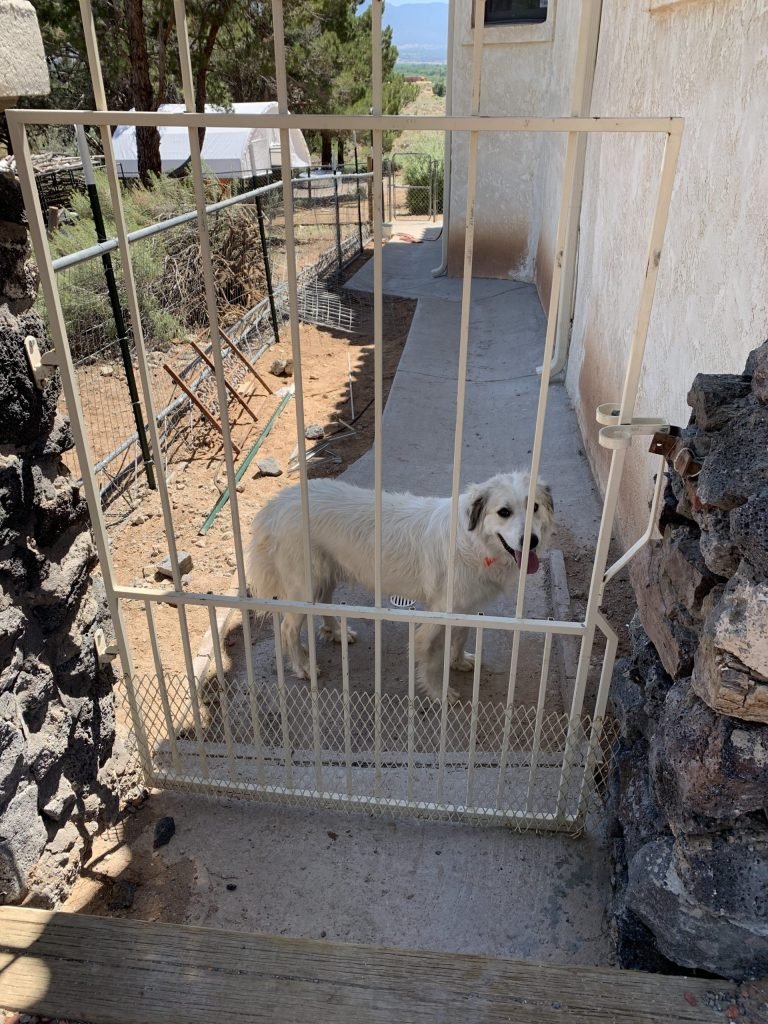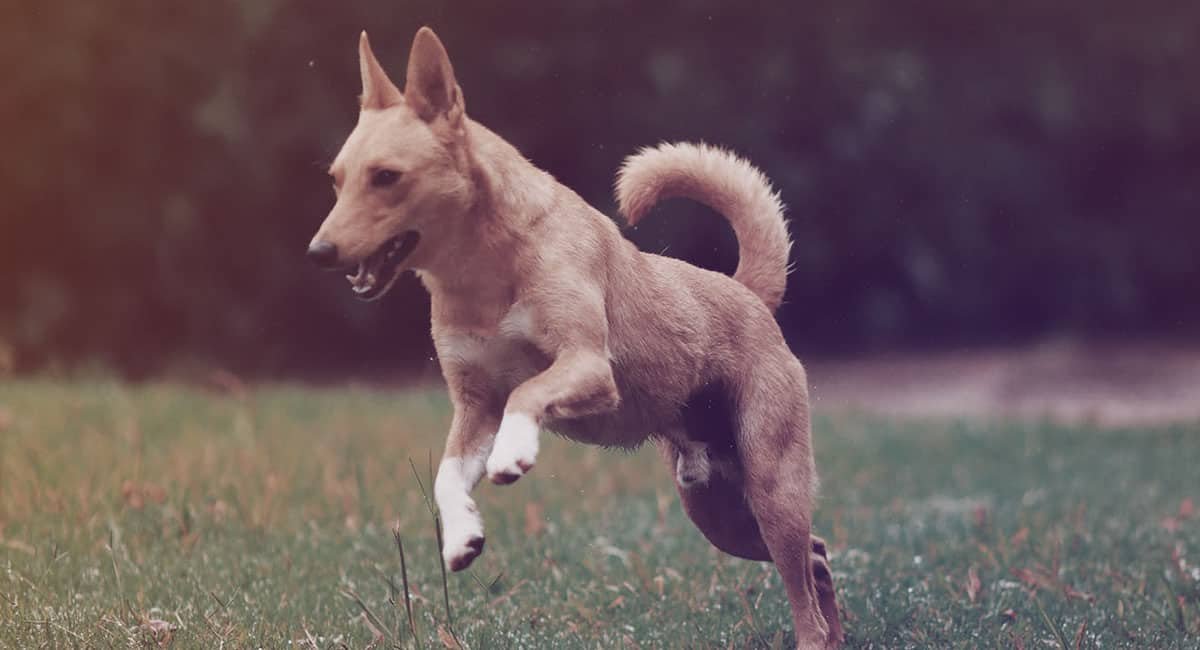Great Pyrenees
What they do best
AKA the Pyrenees Mountain Dog
A very ancient breed hailing from the Pyrenees Mountains in the north of Spain, our ancestors bred these dogs to guard their flocks of sheep and goats from bears, wolves, coyotes, and other predators. Don't just take our word, check out the link above for a very good write-up.
Livestock Guardians
This breed was bred to be livestock guardians against wolves, coyotes, and bears. This is now instinctual in the breed and requires almost no training at all. Goats, sheep, horses, and other medium to large livestock will naturally co-exist with Great Pyrenees. The Pyr is an independent thinker and will constantly patrol and mark their territory, move with the livestock, and respond to any perceived threat without the need for human intervention. Naturally nocturnal, the Pyr during the day will mostly rest near the livestock, but at the first sign of a predator, will instantly be on alert and in response mode. At night, the Pyr is truly on alert. Their white color is intentional so that their owner can tell the difference between his dog and any predator that comes near. Many have said that this breed is known for barking constantly at night, but in reality, a Pyr will only bark at what they consider to be threats as a warning to predators who venture too near their territory.Near dusk, you can almost see the change that comes over a Pyr as they transition from their daytime attitude to their nighttime mode. A Pyr is exceptionally loyal to their owners and can be trained to leave smaller livestock alone. It is entirely possible to free range chickens and ducks with the proper training. The Pyr will take their cue from the owner when strange humans come onto property. If the stranger is welcomed, the Pyr will normally not be aggressive. In the absence of the owner, the Pyr will put up a show of barking and rushing the fence as a guard dog does.


Guard dogs
Very similar to being a livestock guardian, the same traits that make this breed an exceptional example there apply to this role as well. Very territorial, nocturnal, independent thinkers, and aggressive toward intruders, the Pyr is an excellent choice for guarding things as well as humans.
Search and Rescue
They are naturally inclined toward scent work, as most dogs are. Combined with their natural instinct to bark when alerted, a Pyr can easily be trained for search and rescue operations. Their large size means they can also be outfitted with supplies and act independent of a handler. This breed has been used as a carting animal, and is at home in colder climates.


Household Pets
Many have described a Great Pyrenees as a lovable polar bear. Their best known habit is to "paw" your leg when they want attention, or place their front feet in your lap. They are known as "leaners" as well, which could be an issue (or great fun) for smaller humans. Surprisingly, this is not a breed that eats a lot of food. They have actually been known to go days without food and only eat until they decide they are full. The one drawback is shedding, but even this can be turned around as their long coat and soft undercoat can be spun into yarn for knitting.Although they are capable of sudden bursts of speed, they are not overly active and tend to simply wander leisurely on walks and during play. Don't be surprised when your Pyr takes a rather circuitous route back to you when you call, as they are more interested in ensuring the area is safe rather than eager to do your bidding.Their natural instincts toward other dogs are about average as breeds go. They will tolerate other dogs as long as they have been introduced properly and have been raised around them. They love cats, but the feeling is sometimes not mutual, but of course, that's the cat's fault.
Animal Therapy
Because of their easy relationship with humans, and their high tolerance for smaller animals, they are naturals to be trained as sweet, gentle giants that just want to cuddle.






Wish to Visit?
Our small ranch is not normally open to the public as it is our home as well, but that doesn't mean we don't want visitors, just that we need to schedule any visits to our spread.
Case Study:
Rocky Likes to Play on Greens
Rem ridi culus pharetra eligendi labore nulla explicabo sem! Modi ipsa, dolores cupiditate elementum molestias dis animi, consequ untur pulvinar, fringilla ducimus facilisis habitant, irure erure? Fringilla metus nulla expli cabo sem!

FAQs
Rem ridi culus pharetra eligendi labore nulla explicabo sem! Modi ipsa, dolores cupiditate elementum molestias dis animi, consequ untur pulvinar, fringilla ducimus facilisis habitant, irure erure? Fringilla metus nulla expli cabo sem!
Rem ridi culus pharetra eligendi labore nulla explicabo sem! Modi ipsa, dolores cupiditate elementum molestias dis animi, consequ untur pulvinar, fringilla ducimus facilisis habitant, irure erure? Fringilla metus nulla expli cabo sem!
Rem ridi culus pharetra eligendi labore nulla explicabo sem! Modi ipsa, dolores cupiditate elementum molestias dis animi, consequ untur pulvinar, fringilla ducimus facilisis habitant, irure erure? Fringilla metus nulla expli cabo sem!
Rem ridi culus pharetra eligendi labore nulla explicabo sem! Modi ipsa, dolores cupiditate elementum molestias dis animi, consequ untur pulvinar, fringilla ducimus facilisis habitant, irure erure? Fringilla metus nulla expli cabo sem!




